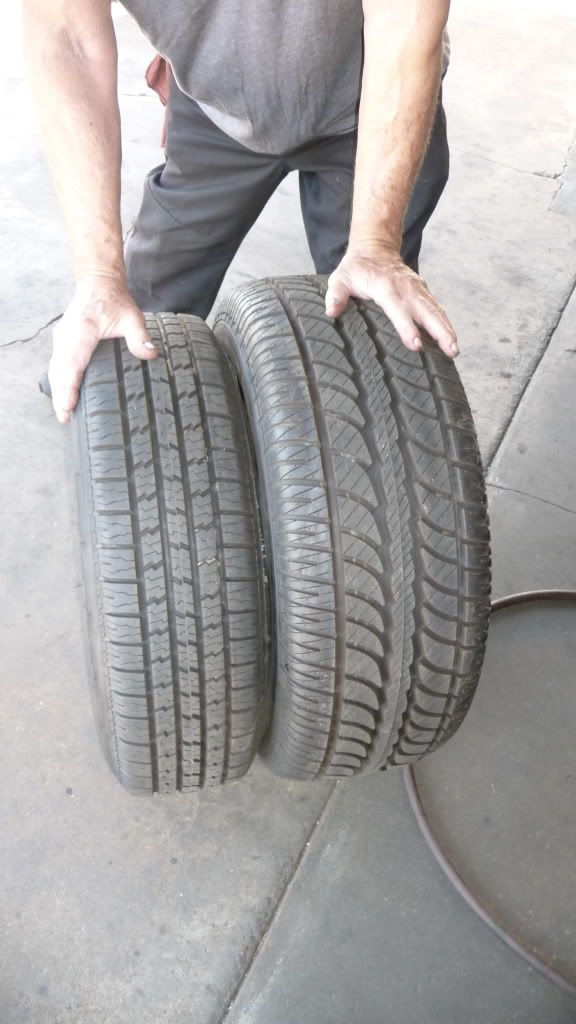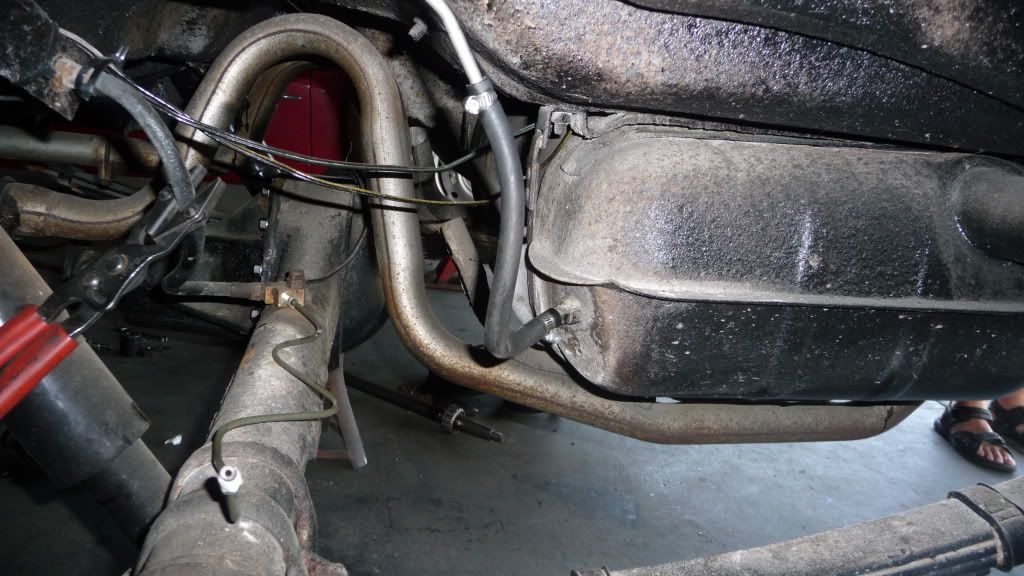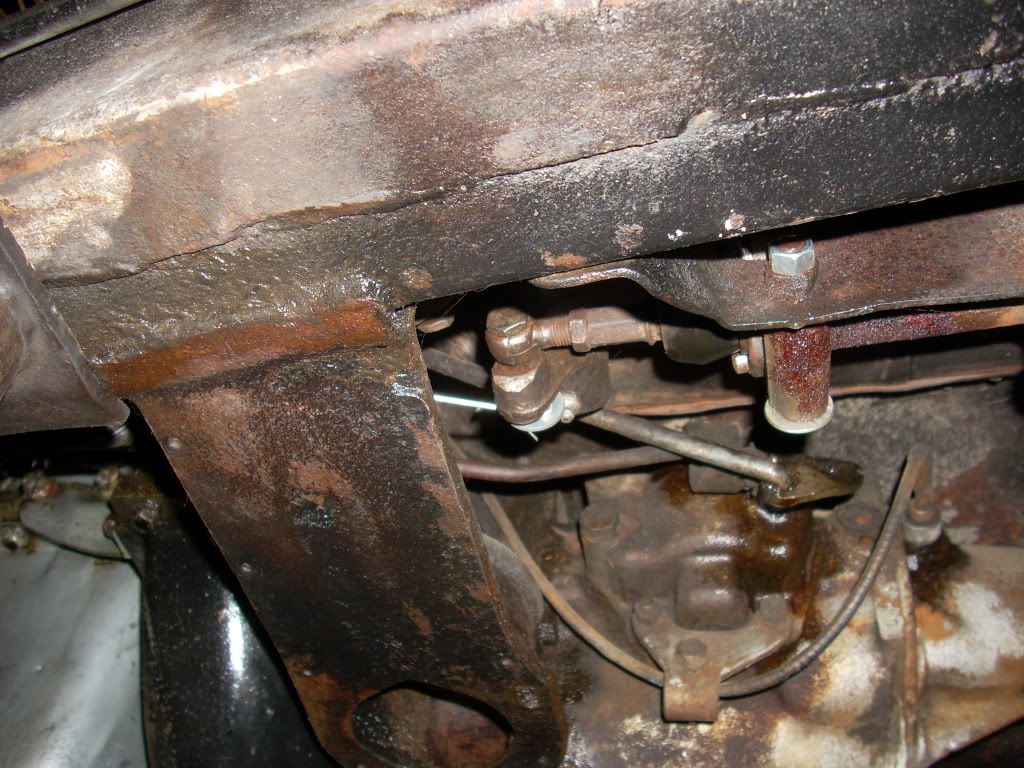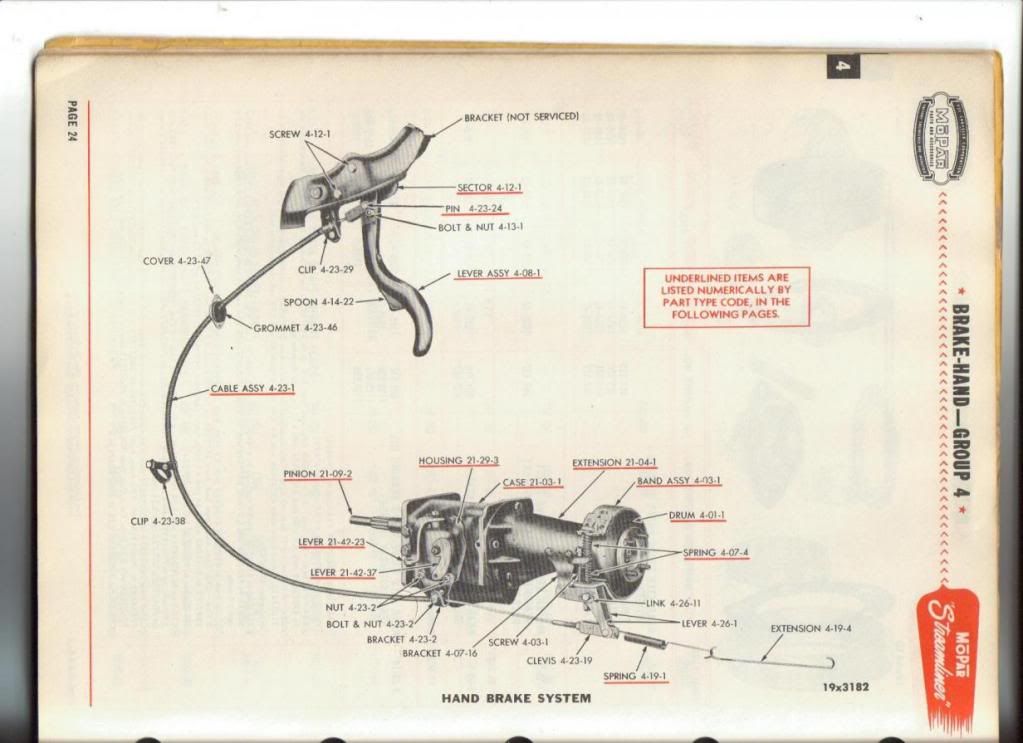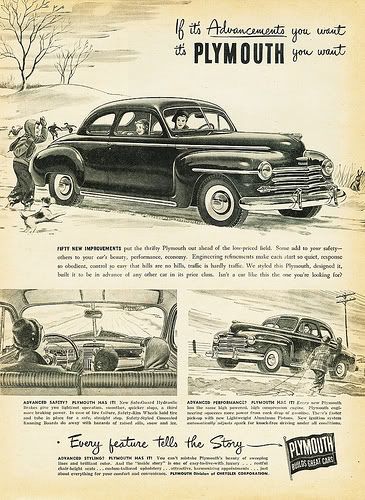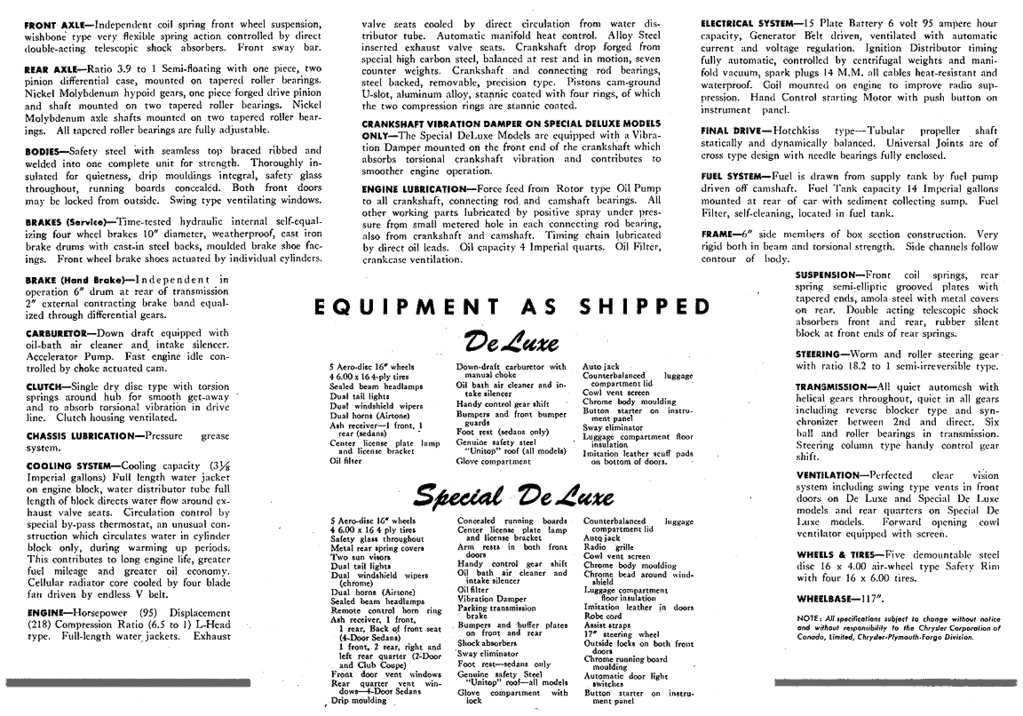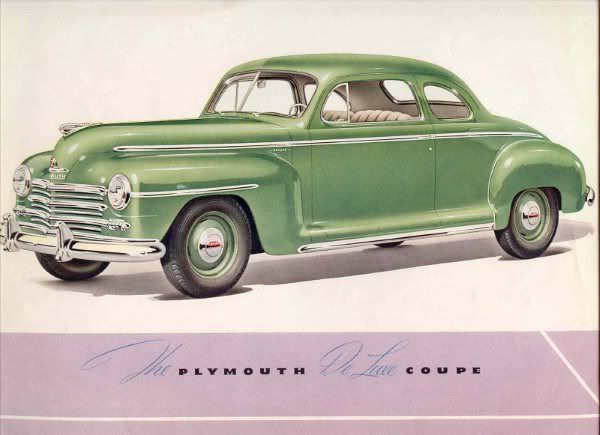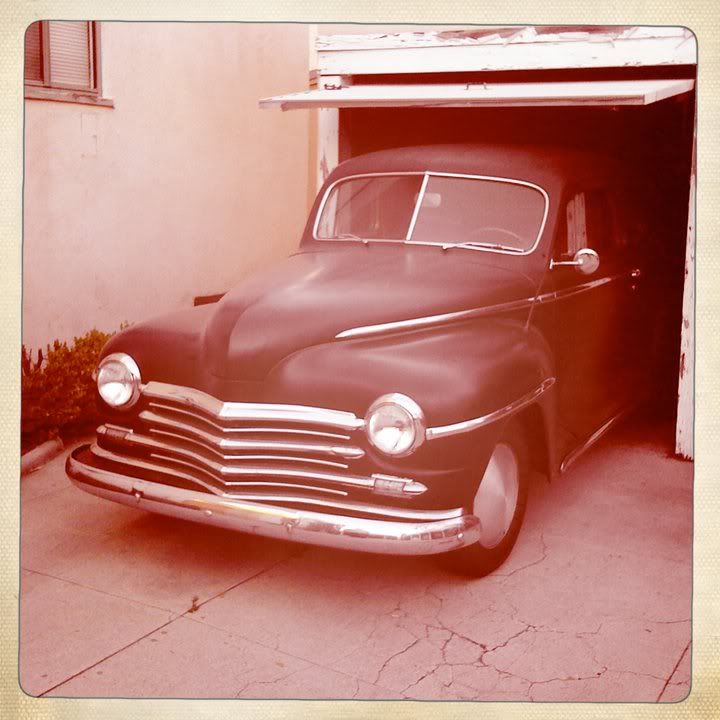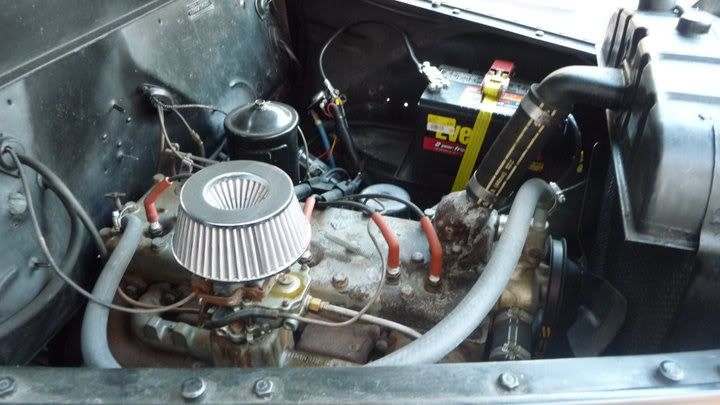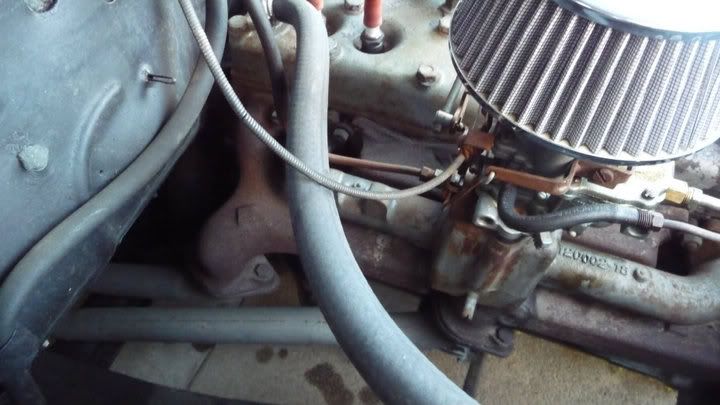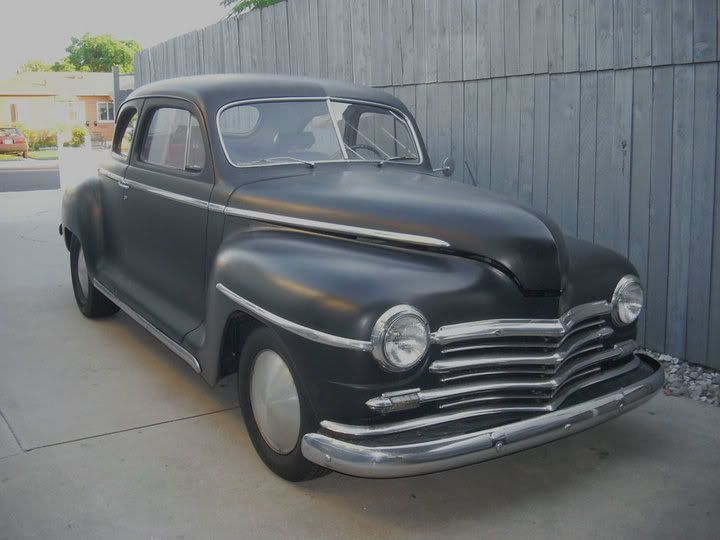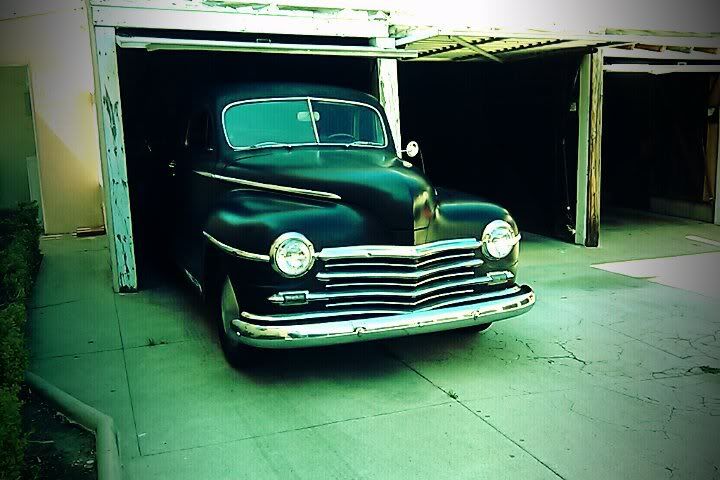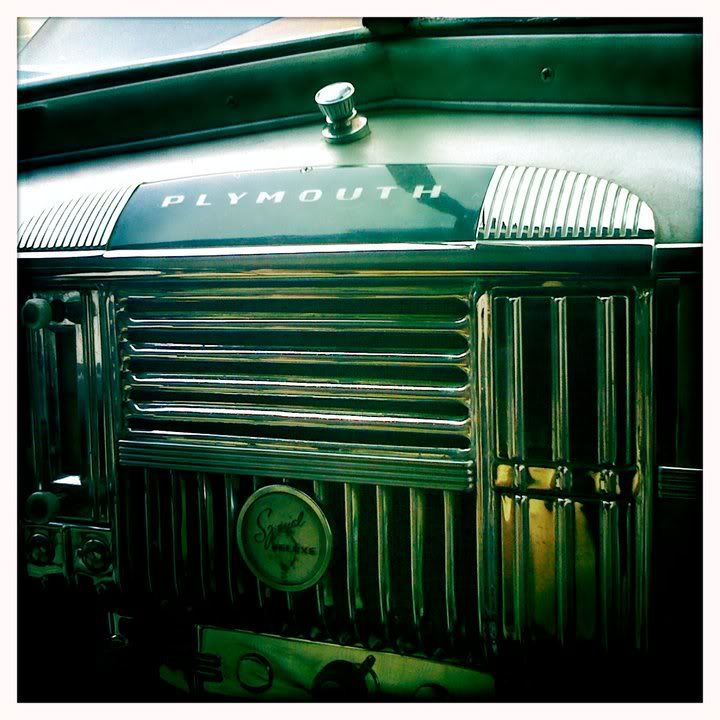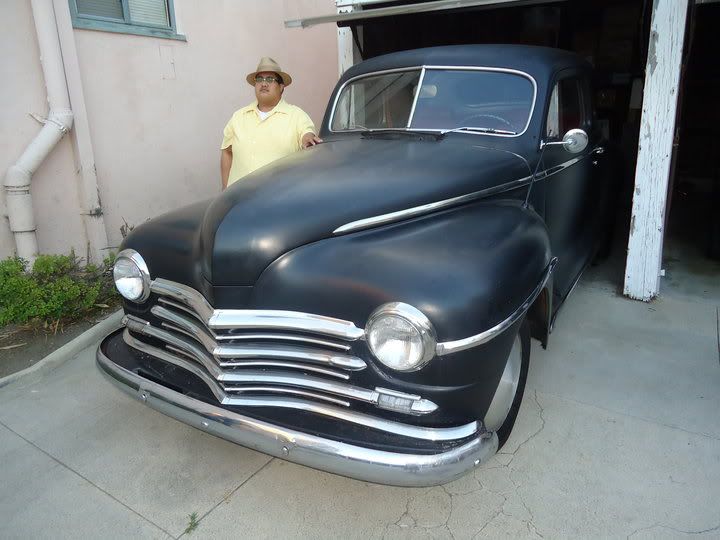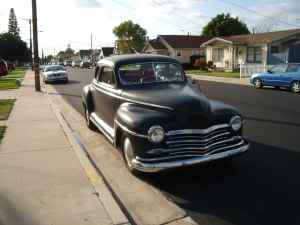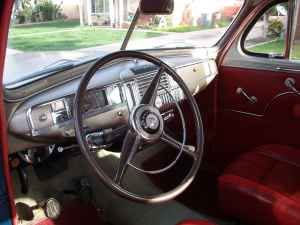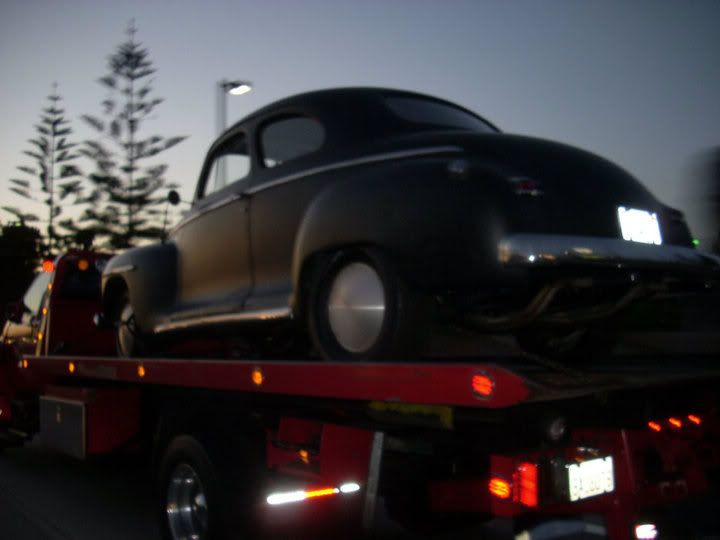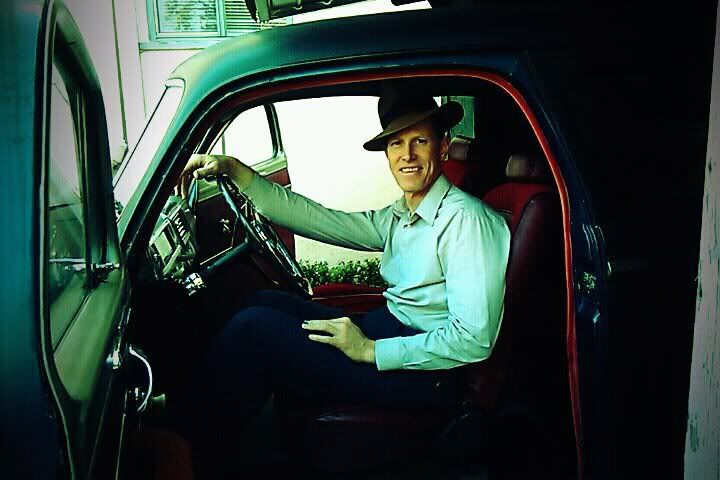 |
| CK Farnsworth, Purveyor of Ice Cream Goodies |
July 2nd started out as a normal day to start a long weekend. Cary had come over and couldn't resist sitting in the car to take a photo. And I hadn't quiet decided exactly how I was going to get the car over to the brake shop. Before acquiring the car a couple of weeks before, Jim told Lee and I that the brakes weren't exactly stopping all that well. He had driven the car to Long Beach and back a couple of times with some slight hesitation at the pedal. And, not to mention that there was no emergency/parking brake at all to speak of. I hadn't been under the car to see how much was missing. And in retrospect, perhaps I should have.
And so the next morning, Lee, a good friend and partner in MoPar crime came over to follow me to the brake shop. The brake shop is 10 miles from where I live, and I figured. . .what the heck, drive the car. The car of course started right up, like a top and didn't even bat an eye. And so, my journey back out of the courtyard in the car began. The first few blocks seemed easy enough. I couldn't believe that there I was, in this huge vintage car tooling down the street where I live. The first stop at the light, the brake pedal hesitated and then the brakes stopped me with a shudder. Not too bad, until I drove a couple of more blocks to a slight grade. At the bottom of the grade was a stop sign. I went to engage the pedal and the pedal fell to the firewall. Slightly panicked, I downshifted and pumped the pedal. The brakes eventually came back and I was fine. Well, as you may guess after this scare there was only one logical thing to do. Drive it to a filling station and wait for the CSAA calvary.
 |
| Going the safe route |
Watching the second tow truck driver, I was a bit pensive as the first bent two of the front tie rods. However, this gentleman from the Auto Club was the consummate professional in his job. If you click on the photo, you'll see him photo bombing our photo of me and the car. Lee and I made our way over to the brake shop and patiently waited for the tow truck driver to arrive. He was slow and careful, and definitely knew what he was doing. While waiting for the car to arrive, we had the opportunity to meet Tom, the brake and wheel mechanic. A wonderful gent, older but brimming with all the knowledge about my brakes and suspension that left me frankly impressed.
I told him of my little 'journey' and he shook his head. When the tow truck finally arrived with the Plymouth I knew I was in good hands.
***
Fast forward to a couple of days later to where the fun begins. Upon removing the tires, fluid was leaking out of the drivers side drum. Upon taking out the drum, he found that it was not the brakes but rather the axle rod. He also found that there was no parking brake, but I needed to know what was there in order to find parts. The driveshaft boot also was dried out and needed to be replaced. However, this was only the beginning of the month and a half long part saga.
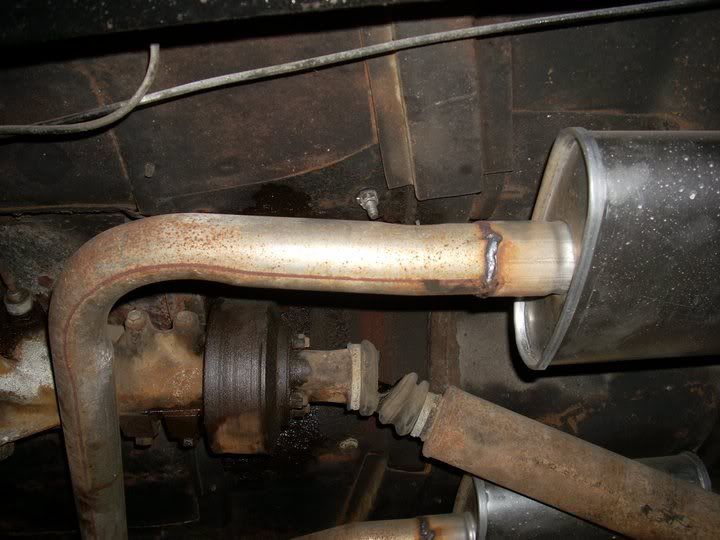 |
| Missing parking brake and dried out boot |
A couple of discoveries also was that of a custom exhaust system with dual fat boy mufflers. This perhaps indicates that one of the previous three owners (not Jim) decided to hot rod the car out. The parking/emergency brake was missing everything from the handle down. All the linkages, all the springs, the drum, the arm assembly...everything.
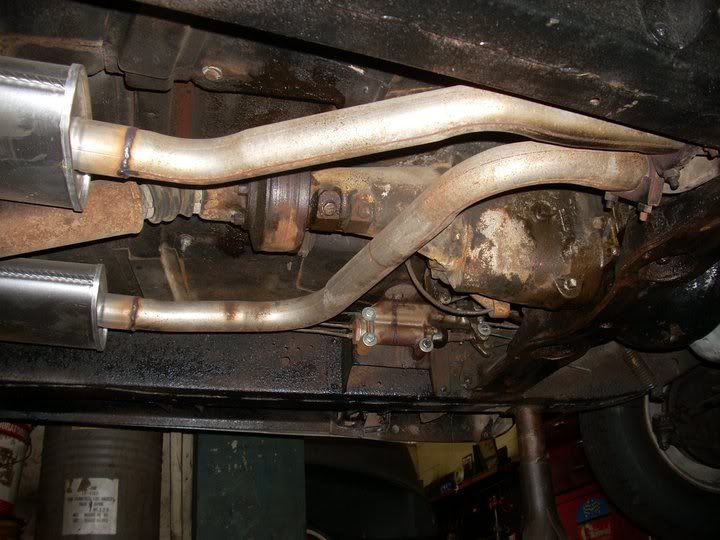 |
| Dual exhaust, parking brake drum and new master cylinder |
After calling around, I spoke to an old buddy up in San Francisco. He told me of a great vendor by the name of Jeff Adkins over at Moose Motors in Penngrove, CA. After talking a couple of minutes with Jeff, I told him that Tom and I would be ordering a couple of things. Tom had also discovered that the wheel cylinders needed to be replaced, the return springs, and a lot of other miscellaneous brake parts. Drums, return springs, cables...these parts and more were to become an obsession. And so, I went to work ordering things like king pin kits, rear bearings, seals and everything that I needed. Tom and I decided that if this was going to be done it was going to be done well. In a couple of days, Tom also found out that the axle shaft rod on the drivers side needed to be replaced. And so, I found Neil Riddle up in WA state to which he sent a new shaft completely greased and everything. Tom took apart the rear (pumpkin) and lubed and replaced the shaft. The brake parts wouldn't get here for another week, so he worked on what he could in the meantime. Tom also found that the two front tie rods were completely bent. Thankfully, he had a machine that he could use as a bender.
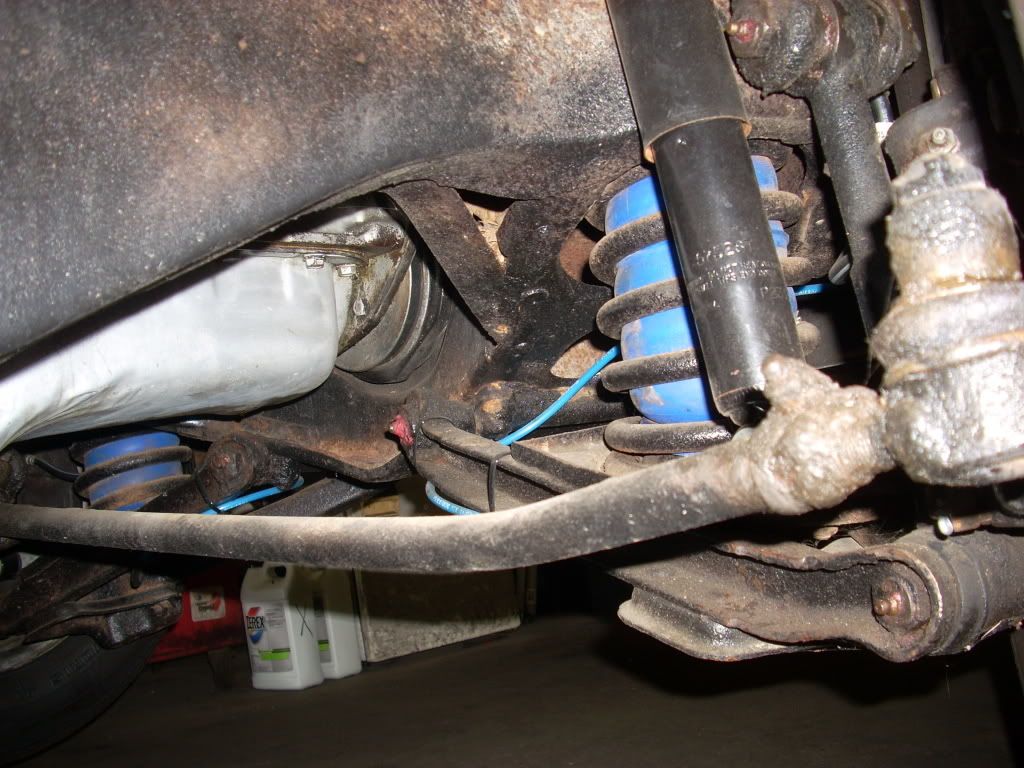 |
| Bent passenger side tie rod |
I didn't have much time either waiting for the parts and therefore decided that I would do more research. I wanted to find out where the car was manufactured, and what were it's serial numbers. Looking for identification and being able look it up was important. Out of luck, I was able to find the MoPar Streamliner Parts Guide for 1936 to 1949 online. I was able to print a copy to which would help Tom and I figure out a couple of things. We were not quite sure whether we would need a new drum yet, nor did we know whether we would need any other parts. It had to be taken slowly one step at a time.


